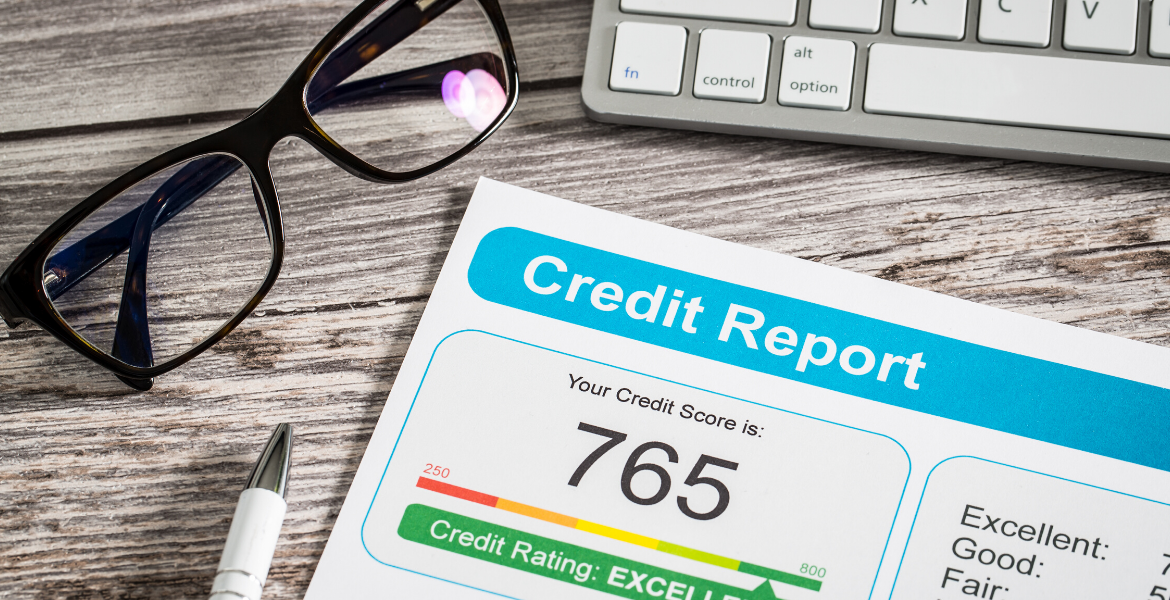In order to identify errors on your credit report, you must first be able to interpret the information on your credit file. While all credit reports are not the same, they all share the same basic structure.
Generally, credit reports are broken down into five major sections:
I. Personal Identifiable Information
The first section of a credit report includes personal information about you – the consumer. This information includes things such as: your name and any aliases you may have, your current address, previous addresses, and any addresses associated with accounts on your credit profile. Other details included are your date of birth, social, and place of employment. This section of your credit report does not play a role in calculating your score; its sole purpose is to identify you.
II. Public Records
The next section of your report will list any public records you may have such as: bankruptcies, foreclosures, judgments and tax liens. These items can remain on your credit report from seven to 10 years depending on its type, and can greatly have a negative impact on your credit score.
III. Tradelines
The third section is the heart of your credit report. It outlines pertinent information about every account associated with you such as: account open date, balance and payment history.
IV. Inquiries
This is the last section of your credit report that impacts your credit score. The names and/or organizations listed in this section are those that have obtained a copy of your credit report. Inquiries can remain on your report for up to two years.
V. Data Furnisher Contact Information
The final section of your credit report has no impact to your credit score. It lists contact information for all businesses and/or people that have reported information to the credit bureaus.




